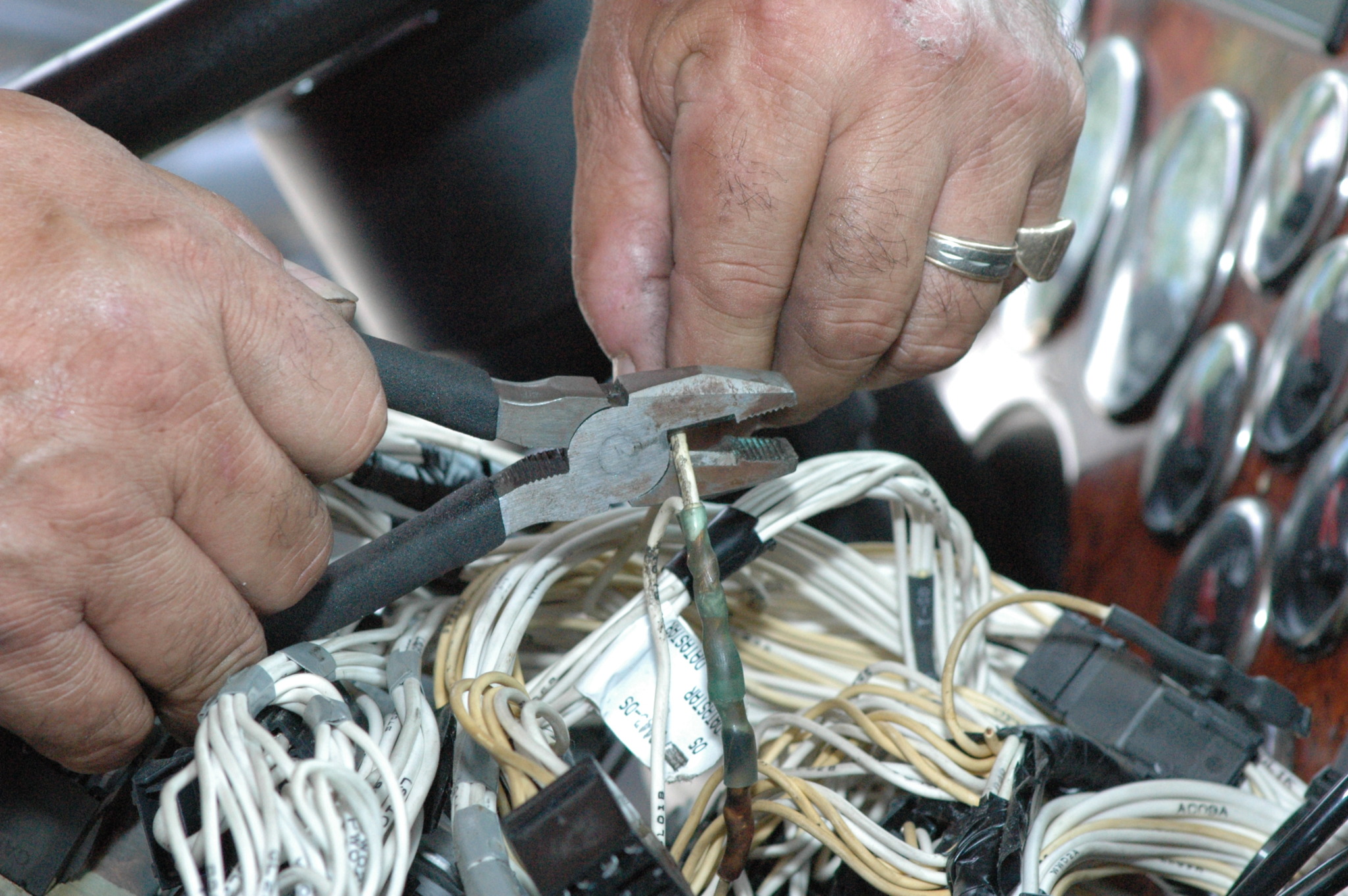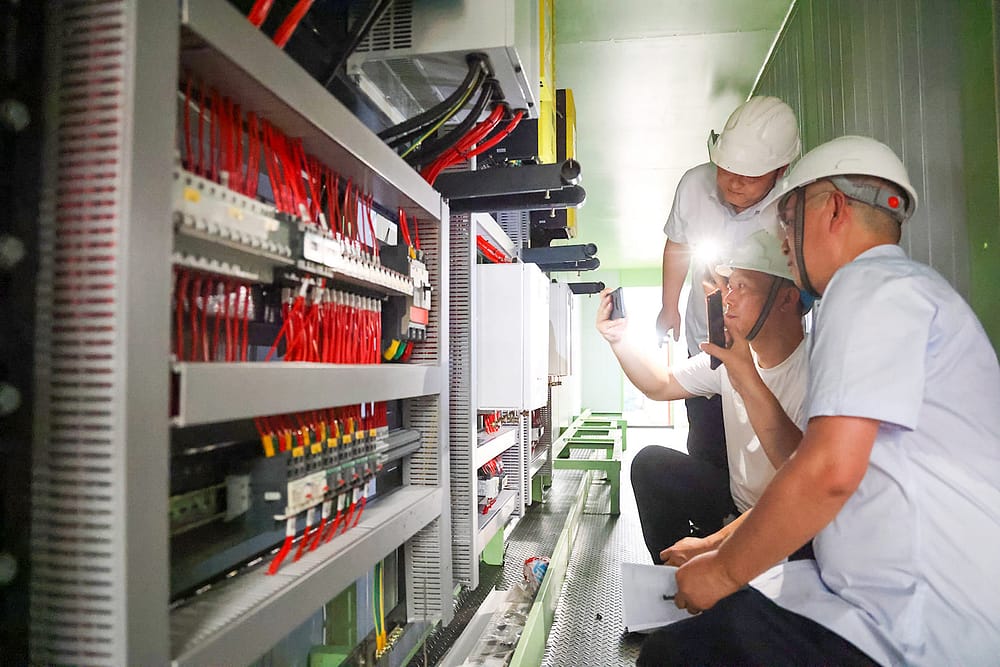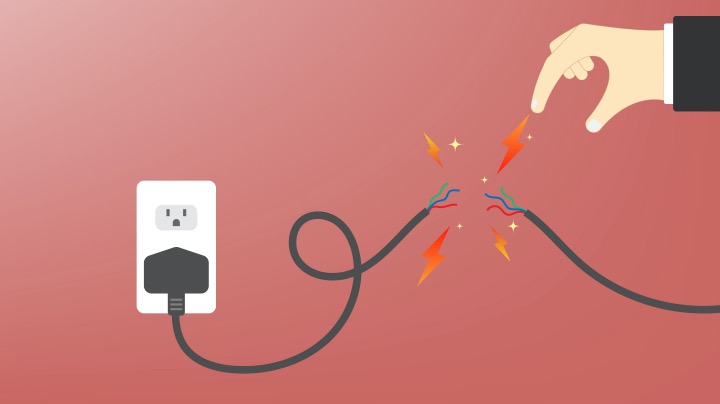Customized mechanical engineering industry support for your unique challenges.
Customized mechanical engineering industry support for your unique challenges.
Blog Article
Leading Tips for Effective Electrical System Troubleshooting
Troubleshooting electric systems needs a systematic technique, based in an extensive understanding of electric principles and safety procedures. The subtleties of effective troubleshooting prolong beyond simple technical knowledge; recognizing how to record searchings for and prioritize safety can dramatically affect results.
Understand the Fundamentals
Understanding the fundamentals of electrical systems is important for efficient troubleshooting, as a solid foundation permits technicians to identify and deal with issues much more successfully. A thorough understanding of electrical principles, such as voltage, present, resistance, and power, is important in determining the root triggers of issues. Voltage is the electrical possible distinction that drives current via a circuit, while resistance opposes the circulation of current, affecting the general functionality of the system.
Knowledge with circuit elements, including resistors, capacitors, diodes, and switches over, is likewise critical. Each part plays a distinctive role in circuit actions and can affect efficiency when malfunctioning. Furthermore, comprehending collection and parallel circuit configurations is essential, as these plans affect the distribution of voltage and current within the system.
Additionally, knowledge of security procedures is crucial. Service technicians should be aware of potential dangers, such as shock and short circuits, to apply risk-free troubleshooting practices. By mastering these foundational ideas, service technicians boost their capability to perform efficient diagnostics and repair services, inevitably leading to enhanced performance and dependability of electric systems. This foundational knowledge is the keystone of effective fixing endeavors.
Gather Necessary Devices
Reliable troubleshooting of electrical systems requires the best set of tools to diagnose and settle issues properly. A well-appointed specialist can considerably improve efficiency and efficiency in determining issues. Necessary devices include a multimeter, which gauges voltage, present, and resistance, enabling precise assessments of electric elements. Clamp meters are also important for measuring existing without disconnecting the circuit, ensuring security and convenience.
Additionally, insulated hand tools such as screwdrivers, pliers, and wire pole dancers are vital for safely controling electric links. It is also a good idea to have a circuit tester handy to confirm the existence of voltage in outlets and wires. For even more complex systems, a thermal imaging electronic camera can aid spot overheating parts, indicating potential failures.

Comply With an Organized Method
Having actually gathered the suitable tools, the next action in troubleshooting electrical systems is to adhere to a systematic approach. A systematic strategy guarantees that specialists can determine mistakes effectively and accurately, lessening downtime and preventing unneeded fixings.
Begin by examining the system's schematic diagrams and specifications. Comprehending the layout and functional specifications will certainly give context for diagnosing problems. Next, isolate the trouble location by utilizing a procedure of removal. This entails checking each part systematically, beginning with the source of power and functioning towards the lots.
Use screening equipment, such as multimeters and oscilloscopes, to collect unbiased data about voltage, existing, and resistance at numerous points within the system. This empirical proof will direct your troubleshooting initiatives and assist to validate or eliminate possible reasons for failing.
Additionally, think about ecological elements that may influence the system's performance, such as temperature level variations or moisture ingress. A thorough examination of circuitry, connections, hop over to these guys and parts will certainly make certain that all opportunities are made up.
Paper Your Findings
Detailed paperwork is essential in the troubleshooting procedure of electrical systems. Accurate documents enhance the effectiveness of recognizing reoccuring issues and help with interaction among staff member. Each finding needs to be diligently kept in mind, including signs observed, examinations carried out, and the outcomes of those tests. electrical system troubleshooting. This practice not just aids in comprehending the source of the issue yet also functions as a reference for future fixing initiatives.

In addition, preserving a log of components replaced or repairs carried out is very useful. This info supports inventory monitoring and can aid evaluate the longevity and integrity of certain components.
Eventually, the paperwork process need to be detailed yet succinct, enabling easy access and evaluation - electrical system troubleshooting. By prioritizing thorough documentation, specialists can create an important data base that not only help in existing troubleshooting yet also encourages future maintenance initiatives, thereby improving total system integrity

Prioritize Security Actions
Identifying the fundamental threats related to electrical systems is crucial for making certain security throughout troubleshooting. Electrical shock, burns, and equipment damage are simply a few of the potential threats that service technicians encounter. Focusing on security steps is Bonuses not only a lawful commitment yet likewise a moral crucial that safeguards both the professional and the surrounding atmosphere.
Before commencing any kind of troubleshooting job, service technicians must wear appropriate personal protective tools (PPE), including insulated handwear covers, shatterproof glass, and flame-resistant clothing. Making sure that the work location is completely dry and complimentary of mess can dramatically lower the risk of crashes. It is vital to de-energize circuits prior to starting any kind of work, validating that they are not live via the use of a multimeter or voltage tester.
Developing clear interaction methods with employee is additionally essential; this ensures that everyone knows potential hazards and the condition of the electric system being serviced. Lastly, having an emergency response plan in position can prove very useful in the event of an event. By prioritizing safety measures, service technicians can properly reduce risks and cultivate a more secure workplace.
Conclusion
Efficient electrical system troubleshooting relies upon a detailed understanding of basic concepts and a systematic technique. By gathering important tools, adhering to organized assessment strategies, and meticulously recording findings, the troubleshooting process comes to be a lot more effective and reputable. Prioritizing safety and security actions guarantees the health of individuals included and the stability of the electrical system. Applying these strategies will improve the fixing experience, resulting in Home Page quicker resolutions and enhanced functional performance in electric systems.
Report this page